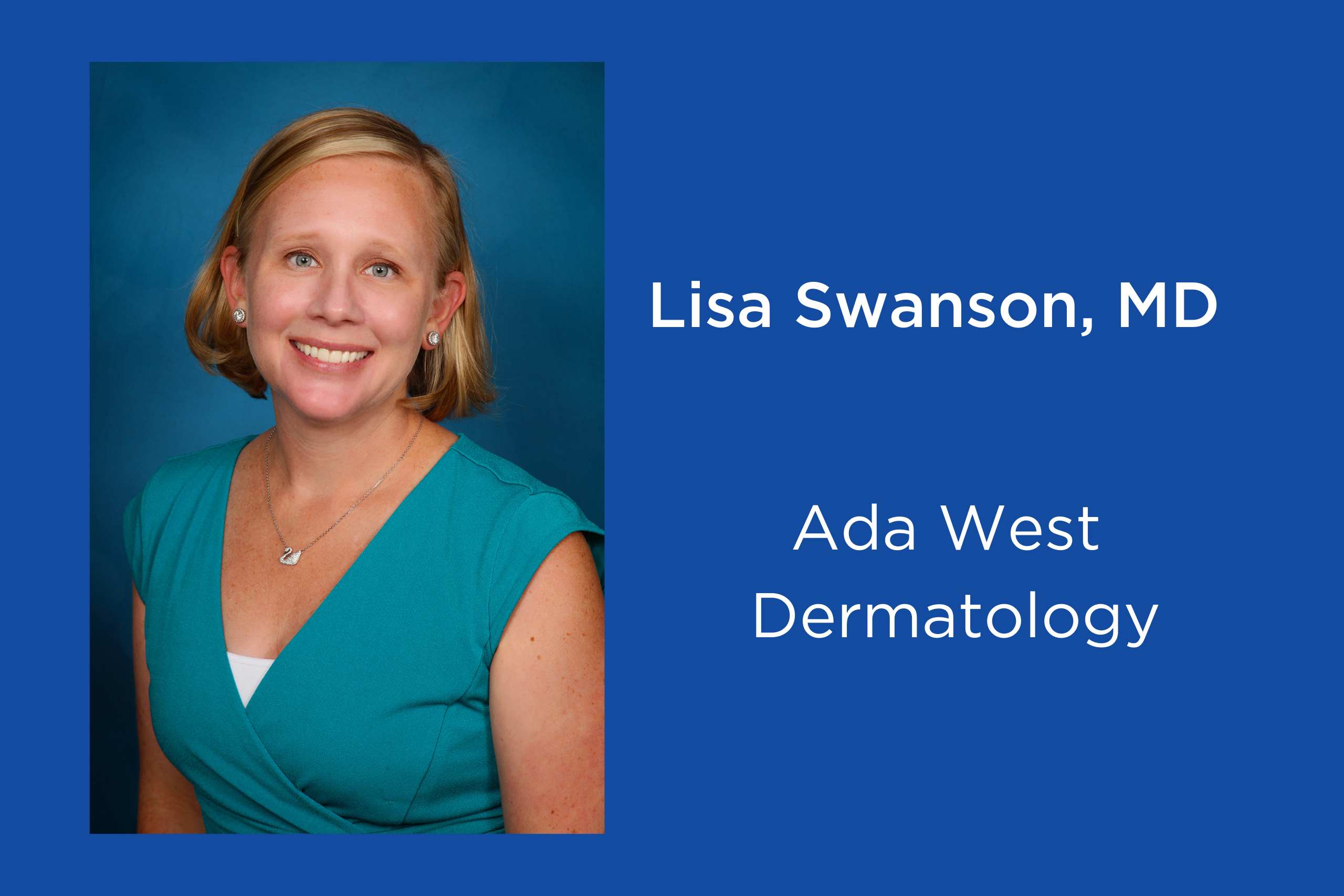Pediatric Dermatology: Solutions to Challenging Cases
As a seasoned pediatric dermatologist, Lisa Swanson, MD, enlightened the DermPAs™ and others in attendance at SDPA Annual Summer Dermatology Conference in Austin, Texas.
The diagnosis and treatment of hemangiomas were reviewed through cases from Dr. Swanson’s practice. She reminded attendees that “not every red bump is a hemangioma”. Hemangiomas are best described as not there or barely there at birth, grow within the first weeks to months of life, and palpation reveals a soft and “squishy” lesion. Concerning features that are not consistent with hemangiomas include lesions which are fully formed at birth, firm or warm to touch, pulsatile and those that don’t respond to propranolol. Segmental hemangiomas have an increased risk of PHACES syndrome and should be screened and evaluated with echocardiograms, eye exams and MRI/MRA of the head and neck prior to initiation of treatment with a beta blocker.
COVERAGE: SDPA Annual Summer Dermatology Conference, June 16-19, 2022, Austin, Texas
Treatment of infantile hemangiomas can be safely accomplished with propranolol, dosed at 2mg/kg/day divided BID to TID in a 20mg/5ml suspension. Due to the risk of hypoglycemia, it’s recommended to take this medication with food. Ideally, treatment should be initiated during the growth period, or during the first 8-12 months of life. Side effects may include a slight decrease in heart rate and blood pressure, but Dr. Swanson reports long-term safety studies are both available and reassuring. For example, she’s never had to discontinue the use of propranolol for any baby, at any time, due to safety. Of note, a recent Canadian trial revealed nadolol to be superior to propranolol in efficacy for the treatment of hemangiomas where it is used as first line treatment. A side effect of nadolol is constipation and patient families will need education regarding this option. Additionally, nadolol would need to be compounded into suspension in the U.S.
Dr. Swanson also reviewed the presentation of chronic bullous diseases of childhood. This IGA bullous disease presents with a classic “string of pearls,” distribution on the arms, legs, buttocks and genitalia and with acute onset in preschool-aged children. Dapsone is first line treatment, though it does carry the rare risk of methemoglobinemia. A case presentation of CARD-14 associated papulosquamous eruption (CAPE) was illustrated which was effectively treated with ustekinumab. Finally, Dr. Swanson called on the attendees of the conference to rise up to fight prior authorizations for the proper treatment of our patients. She reports “we are the providers and insurance companies are not in charge of medical decision making”. Organizations, such as the AAD (American Academy of Dermatology) can help, but it is imperative that providers send letters and emails to the medical directors of these insurance agencies and be persistent. After all, medical providers are responsible for finding treatments which are efficacious and safe, not focusing on insurance companies’ costs.
Byline: Sarah B.W. Patton, PA-C
